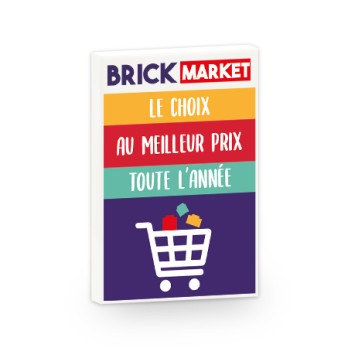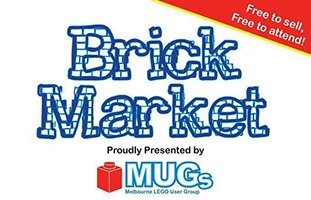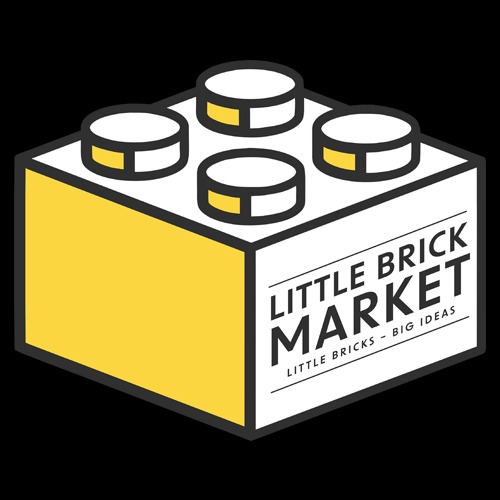
They are usually dimensioned 3⅝ x 2¼ inches in height and thickness, respectively, and used for a wide range of building projects. From residential houses to big commercial buildings, these bricks have proven to strike a balance between ease of use and inferring the structural need. The size is uniform, thus ensuring consistency in building that helps in efficient building practices. Naturally, if weaknesses are found, it is the strengths and innovations within the market that drive growth in the brick market. The success of the brick sector in adapting to new technologies and market requirements will be the determinant factor for its course toward development in the long run. Bricks are thus placed as a requisite in the global construction arena with the continual rise in urbanization amid growing concern for sustainability.

Which Region Will Lead The Global Bricks Market?

In the bricks market, the infrastructure segment refers to the application of bricks in large-scale construction projects, including roads, bridges, and public utilities. A prevailing trend in this segment involves the increasing preference for durable and cost-effective materials, positioning bricks as a fundamental choice for infrastructure development. The robust nature of bricks makes them well-suited for heavy-duty applications, contributing to the resilience and longevity of infrastructure projects globally. This trend is particularly notable as governments invest in extensive infrastructure initiatives to support economic growth and urban development. The global bricks market was valued at USD 1,642.15 billion in 2022 and is expected to grow at a CAGR of 3.1% from 2023 to 2030. The market is a vital component of the construction industry, serving as one of the oldest and most fundamental building materials.One of the key characteristics of the market is its versatility.
What Is The Current Market Situation In The Bricks Market?
The absence of innovative approaches in material composition, energy efficiency, and sustainable practices may make bricks less attractive to architects, builders, and developers seeking modern, eco-friendly solutions. On the basis of size-based segmentation, the market is categorized into modular, standard, and jumbo. The standard size bricks market is evolving to meet the demands of a changing construction landscape. Sustainability, architectural creativity, energy efficiency, digital tools, and regional variations are among the key drivers propelling the market’s growth and adaptation to contemporary construction needs.
Porotherm clay units deliver superior thermal insulation in Australian pilots, matching structural codes while lowering embodied energy. Digital design tools such as BIM and real-time sensor feedback help optimize dimensions, enabling near-zero off-cuts on-site. Heidelberg Materials reports AI-guided batching systems that trim cement use by 20%, a benefit passed along to brick lines dedicated to modular packages. The global bricks market size accounted at USD 1.74 trillion in 2024 and is expected to be worth around USD 2.36 trillion by 2034, at a CAGR of 3.09% from 2025 to 2034. Different regions around the world have their own brick manufacturing traditions, leading to unique brick types and production methods.

Who Are The Prominent Players Operating In The Bricks Market?
Building applications accounted for 60% of brick market share in 2024, reflecting masonry’s historic role in structural walls and facades. The brick market size for path and paving solutions, however, is expanding at a 3.14% CAGR as households invest in outdoor upgrades and municipalities retrofit sidewalks to endure heavier pedestrian flows. Architectural innovation is creating significant opportunities in the bricks market by redefining traditional construction practices.
Growth Dashboard
These players mostly engage in regional operations due to the risk of breakage and higher freight expenses. Since clients in this market sector rely largely on dealers to convince them to acquire their products since they are less informed about these products, dealer margins are more crucial to sales than business marketing and advertising efforts. The brick market is expected to achieve substantial growth in the future with increasing demand from rapid urbanization and related infrastructure building processes.
Bricks configured with interlocking edges accelerate installation, lowering contractor costs and aligning with quick-turn renovation schedules. Parterre and decorative garden formats resurface in premium estates where aesthetic differentiation commands higher margins. Industrial customers favor acid-resistant bricks for furnace linings and chemical-processing pits, reinforcing a diverse end-use spread that shelters producers from single-sector downturns. Sub-Saharan initiatives are catalysts for the brick market as authorities aim to solve acute shelter shortages. Zimbabwe has scheduled 220,000 dwellings by 2025, while Nigeria estimates a 28 million-home shortfall needing USD 46.7 billion investment. 3D-printed schemes such as Mvule Gardens in Kenya demonstrate how fly-ash-based mortars can accelerate production; each two-bedroom shell is printed in 18 hours.

Application

These companies are developing bricks made from recycled materials, low-energy manufacturing processes, and eco-friendly designs. Their ability to cater to the growing demand for green building materials makes them formidable competitors. The COVID-19 infection has not stopped the building sector from operating, thus market growth for blocks and bricks may stabilise.

Bricks Market Growth Factors
As a result, the demand for building materials, including bricks, has been consistently on the rise. The construction of residential buildings, commercial structures, and infrastructure projects has driven the growth of the market in countries like China, India, and Southeast Asian nations. Since building sector operations have resumed despite the present COVID-19 epidemic, the development of the blocks and bricks market may stabilise.
- If you are not great with directions, you can download the citymapper app to guide you from the station to the Brick Lane Sunday markets.
- Construction companies are speeding their investment plans, which will involve the use of cutting-edge building materials, in an effort to make up for the losses they experienced.
- During the preliminary phases of the pandemic, lockdowns, social distancing measures, and delivery chain interruptions led to the suspension or postponement of many construction projects.
- For example, North America and Europe have mature markets with well-developed infrastructure and construction practices that generate a constant demand for bricks.
It also evaluates the impact of financial and strategic perspectives on the Concrete Block and Brick Market growth. Furthermore, the report presents national and regional assessments, considering the dominant forces of supply and demand that influence market growth. The competitive landscape is meticulously detailed, including the Concrete Block and Brick Market of significant competitors.
They come in different sizes and are available in different colours and textures, which make them suitable for roofing of a variety of building designs. Understanding the properties of bricks as a construction material gives them a high rating as a construction material to this day. Europe trails in growth but leads innovation as the CBAM exposes carbon-intensive imports and rewards local low-carbon pioneers. The continent imported over 500 million bricks in 2022, generating 288,190 tonnes of CO₂, prompting calls for onshoring greener capacity. Scandinavia’s public-procurement policies stipulate embodied-carbon ceilings, channeling orders toward calcium-silicate or unfired concrete bricks. During economic downturns, demand may decrease, while construction booms can lead to increased demand for bricks.
As you walk along, you’ll notice a vibey atmosphere and wafting spices that float through the air. It’s best known for its eye-popping street art, culinary delights, vintage clothing, unique treasures, and independent shops. Downtown Newport is renowned for its many colonial-era buildings, but one of the finest is the Brick Market, located along Thames Street at the western end of Washington Square. It is a prominent architectural landmark, and is one of only a handful of surviving buildings that are known to have been designed by Peter Harrison, one of the first formally-trained architects in America. Born in England in 1716, Harrison came to Rhode Island in 1740 but returned to England a few years later, where he studied architecture.
Clay bricks dominated the brick market with 65% of revenue in 2024, yet fly-ash bricks record a 3.22% CAGR through 2030, widening their presence in regions tightening carbon rules. This shift is anchored in industrial-waste utilization, enabling plants to cut firing temperatures by 20% and align with circular-economy mandates. The brick market size for fly-ash variants is forecast to expand faster than any other type, helped by public procurement criteria that reward recycled content. Calcium-silicate units attract architects pursuing thermal-mass advantages in Europe’s cool climates, while concrete blocks that skip kiln firing appeal where electricity is available and fuel security is uncertain. Rapid migration back to major Asian cities is refilling pipelines for mid-rise housing projects, sustaining steady brick market demand. Mid-rise formats rely on masonry for cost-effective load-bearing walls and local labor familiarity.
Digital portals such as Beacon PRO+ let site managers place repeat orders and track deliveries, improving inventory accuracy and cash-flow planning. Artificial-intelligence tools route trucks to mitigate driver shortages and cut fuel burn, further reducing landed costs. Dealers respond by specializing in colored or antique-finish bricks with value-added design services, protecting margins even as high-rise contractors bypass intermediaries. Market participants expect hybrid models where manufacturers run direct key-account teams while maintaining dealer partners for patchwork residential demand. As labor shortages intensify, builders in North America and Europe pivot toward volumetric modules that sideline brick facades.
North America Brick Market Data And Outlook To 2032
In order to make up for the losses they suffered, construction businesses are accelerating their investment plans, which will entail the use of cutting-edge building materials. Furthermore, supply chain problems have been overcome since global commerce has partially resumed. However, the development trajectory of this industry might potentially stall over the next years due to a new coronavirus epidemic that is affecting key building centres like India. The expansion of infrastructure and building activities has propelled the brick sector in India to see significant growth during the past few years.



